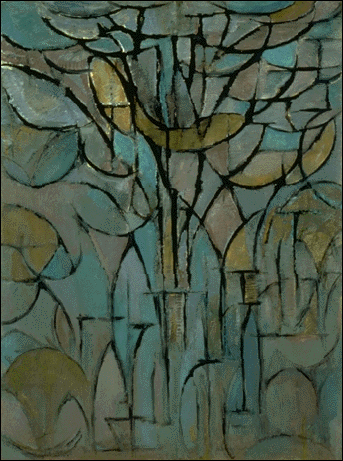Abstract art can be intimidating to many people, as it often lacks the recognizable forms and objects found in traditional art. However, understanding and appreciating abstract art is not as difficult as it may seem. In this beginner’s guide, we will explore some tips and techniques to help you interpret and enjoy abstract art.
Understanding Abstract Art
Abstract art is a form of art that does not attempt to represent an accurate depiction of visual reality. Instead, abstract artists use colors, shapes, and forms to achieve their desired effect. This can result in artwork that is non-representational or partially representational.
When looking at abstract art, it’s important to remember that the artist’s intention may not be immediately obvious. Abstract art often relies on the viewer’s interpretation and emotional response, which can vary greatly from person to person.
Focus on Color and Form
One of the key elements of abstract art is the use of color and form. Pay attention to how the artist has used color to create mood and atmosphere in the artwork. Consider the shapes and forms that are present in the artwork and how they interact with each other.
Experiment with different viewing distances to see how the colors and forms change as you move closer or further away from the artwork. This can help you appreciate the artist’s use of space and composition.
Embrace Subjectivity
Abstract art is highly subjective, meaning that there is no right or wrong way to interpret it. Trust your instincts and allow yourself to form your own opinions about the artwork. Don’t be afraid to ask questions or seek out additional information about the artist’s intentions or techniques.
Remember that abstract art is meant to evoke an emotional response, so don’t be afraid to engage with your feelings and thoughts as you look at a piece of abstract art. Your interpretation is just as valid as anyone else’s.
Explore Different Styles
Abstract art encompasses a wide range of styles and approaches, from geometric abstraction to expressive abstraction. Take the time to explore different artists and movements within abstract art to broaden your understanding and appreciation of the genre.
Visit art galleries, museums, and online resources to discover new artists and artworks. Consider taking a class or workshop on abstract art to deepen your knowledge and skills in interpreting and creating abstract art.
Conclusion
Interpreting abstract art can be a rewarding and enriching experience, allowing you to explore your own creativity and imagination. By focusing on color and form, embracing subjectivity, and exploring different styles, you can develop a deeper understanding and appreciation of abstract art.
Remember that there is no right or wrong way to interpret abstract art – trust your instincts and engage with the artwork on a personal level. With practice and an open mind, you can unlock the beauty and meaning of abstract art.



